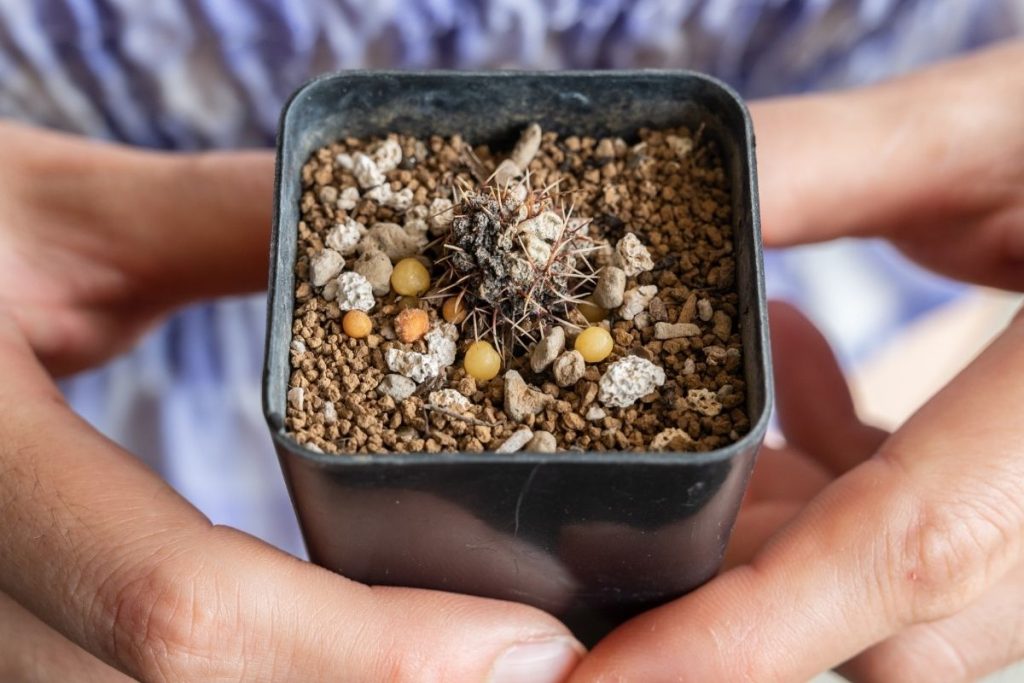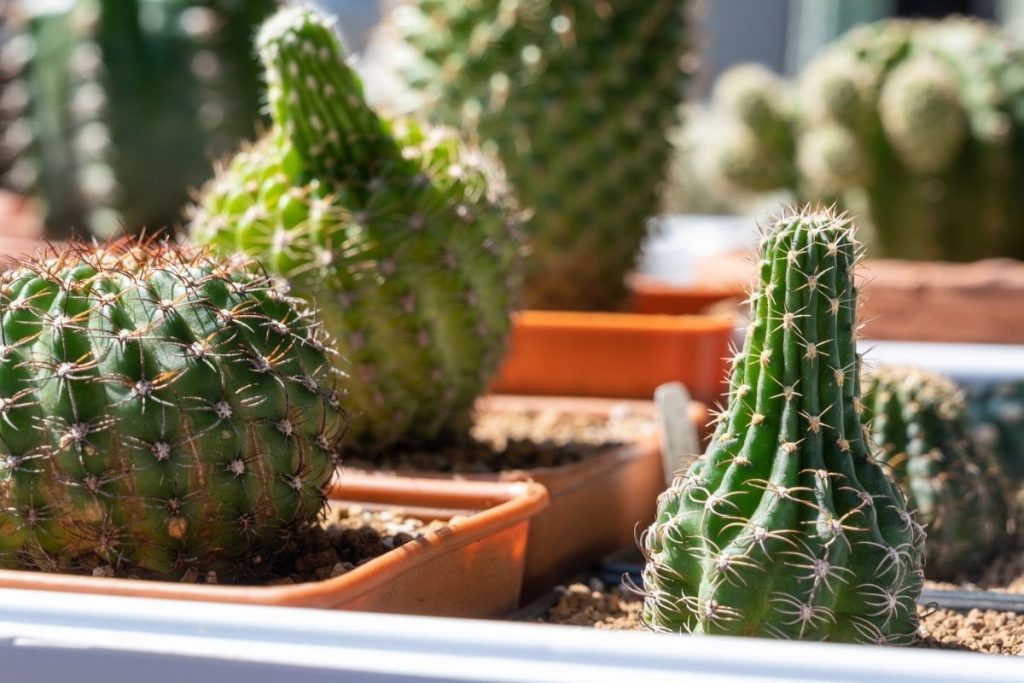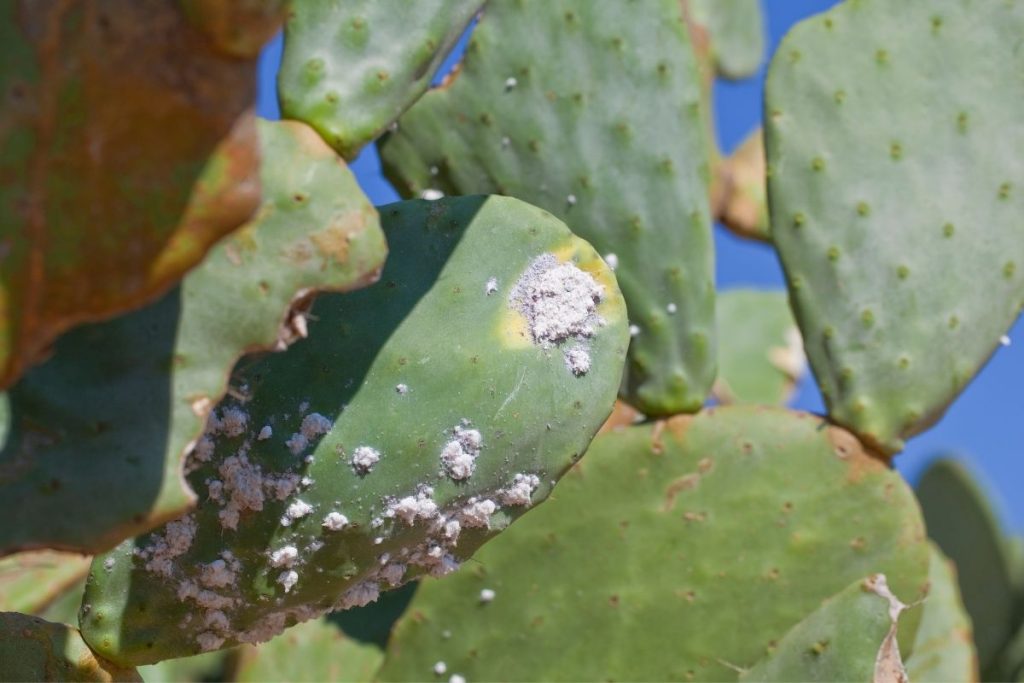How to Revive a Cactus from the Brink of Disaster
Cacti are tough little plants that can survive hot deserts. But sometimes, even these spiky survivors need a helping hand. If your cactus is looking sad and close to giving up, don’t ditch it yet! With some simple steps, you can revive it from the brink of disaster.

Related Post:
How to Tell if Your Cactus is Dying
Contents
How to Revive an Overwatered Cactus
Too much water can drown and rot a cactus’s roots. If yours is soaking, act fast:
- Drain any standing water from the pot.
- Let the soil dry out completely before watering again. Stick your finger in the dirt – if it’s bone dry a few inches down, it’s time to re-water.
- Re-pot the cactus in fresh, well-draining cactus/succulent soil.
- Check for signs of rot like yellowing, wilting or mushy spots. Prune any bad bits away with clean shears.
How to Revive an Underwatered Cactus

When cacti go thirsty for too long, they start shriveling up. To rehydrate:
- Give it a deep, slow watering until water drains from the holes.
- Let the soil dry between waterings, then repeat the deep drink.
- Gradually increase watering frequency as it plumps back up.
- Check that its location gets bright light but no scorching direct sun.
How to Revive a Cactus with Cold Damage

Frosty temps can damage cactus skin, causing discoloration and scarring. To rehab:
- Move it to a warm, sunny spot out of any cold drafts.
- Once new growth appears, very gradually reintroduce to outdoor conditions.
- Don’t worry about unsightly scars – the plant should recover internally.
How to Revive a Sunburned Cactus
That hot desert sun can burn tender cactus flesh if they get too much direct exposure. For sunburnt cacti:
- Relocate to an area with bright, indirect light.
- Increase shadecloth protection if kept outdoors.
- Don’t remove damaged skin – it’s protecting inner tissues while it heals.
How to Revive an Etiolated Cactus

When a cactus gets leggy and leans towards the light source, it’s become etiolated from inadequate sunlight. Fix it by:
- Moving to a brighter location with more direct sun exposure.
- Turning the cactus regularly so it grows upright.
- Use a grow light if indoor conditions are too shady.
How to Revive a Cactus Eaten by Pests

Sap-sucking bugs like mealybugs and spider mites can weaken a cactus over time. Revive it with:
- Manually removing any visible pests with a cotton swab dipped in alcohol.
- Treating with an insecticidal soap or neem oil spray.
- Isolating from other plants until the infestation is gone.
